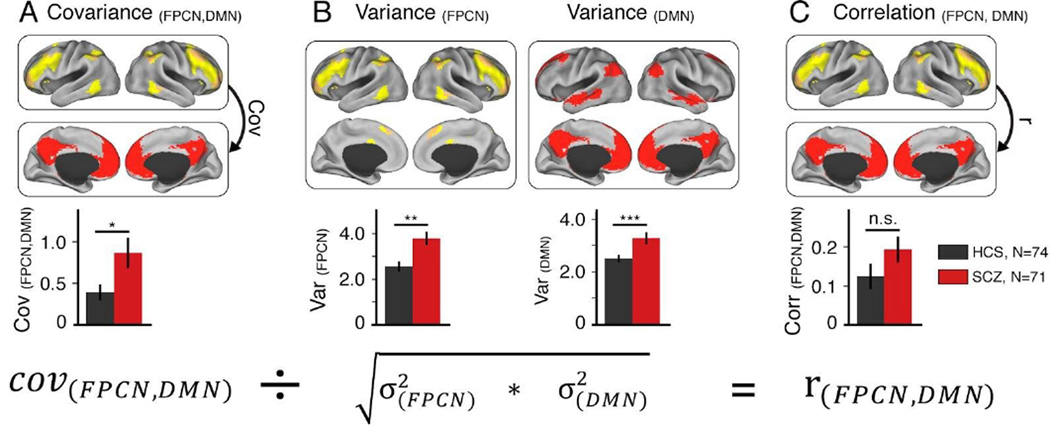Figure 9. Detected disruptions across functional networks in schizophrenia differ between covariance and correlation.
A) Here we show altered covariance structure between large-scale associative networks in schizophrenia (SCZ), similar to recent findings (Baker et al. 2014) [t(143)=2.37, p=0.019, Cohen’s d=0.4]. B) We recently discovered elevated variance across the entire brain in chronic SCZ, which was particularly evident for associative networks (Yang et al. 2014). C) Based on this elevated non-shared variance, it follows that the difference in correlations between SCZ and healthy control subjects (HCS) across the two networks will be attenuated and no longer reveal a significant clinical effect [t(143)=1.48, p=0.14, Cohen’s d=0.25]. The equation on the bottom is presented for illustrative purposes, to highlight the importance of carefully decomposing the final correlation into variance and covariance components (Figure 3). FPCN, fronto-parietal control network; DMN, defaultmode network.

